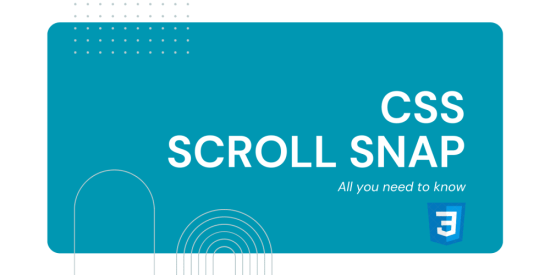Have you ever wanted to build a website that allows you to jump straight to a specific section on the page with a single scroll? (See the GIF below for a demonstration):
Thanks to the CSS Scroll Snap feature, this behavior is super easy to achieve.
Learn everything you need to know about CSS scroll snap, including its various properties and unique scroll snap effects. By the end of this article, you’ll have all the information you need to implement this sleek behavior in your own websites.
Sidenote: If you’re new to learning web development, and you’re looking for the best resource to help with that, I strongly recommend HTML to React: The Ultimate Guide.
Setting up the page
Create a file named index.html in an empty folder. Then open this folder with a text editor and paste in the following markup:
lang="en">
</span>Scroll Snap Page<span class="nt">
rel="stylesheet" href="style.css">
Heading
Page 1
Lorem ipsum dolor, sit amet consectetur adipisicing elit. Recusandae rerum fugit ad quos ipsa consequatur quidem doloribus necessitatibus, temporibus exercitationem porro. Itaque velit sapiente unde dolor alias libero iste. Modi quam numquam expedita iste saepe voluptates id inventore, aliquid sint in culpa.


